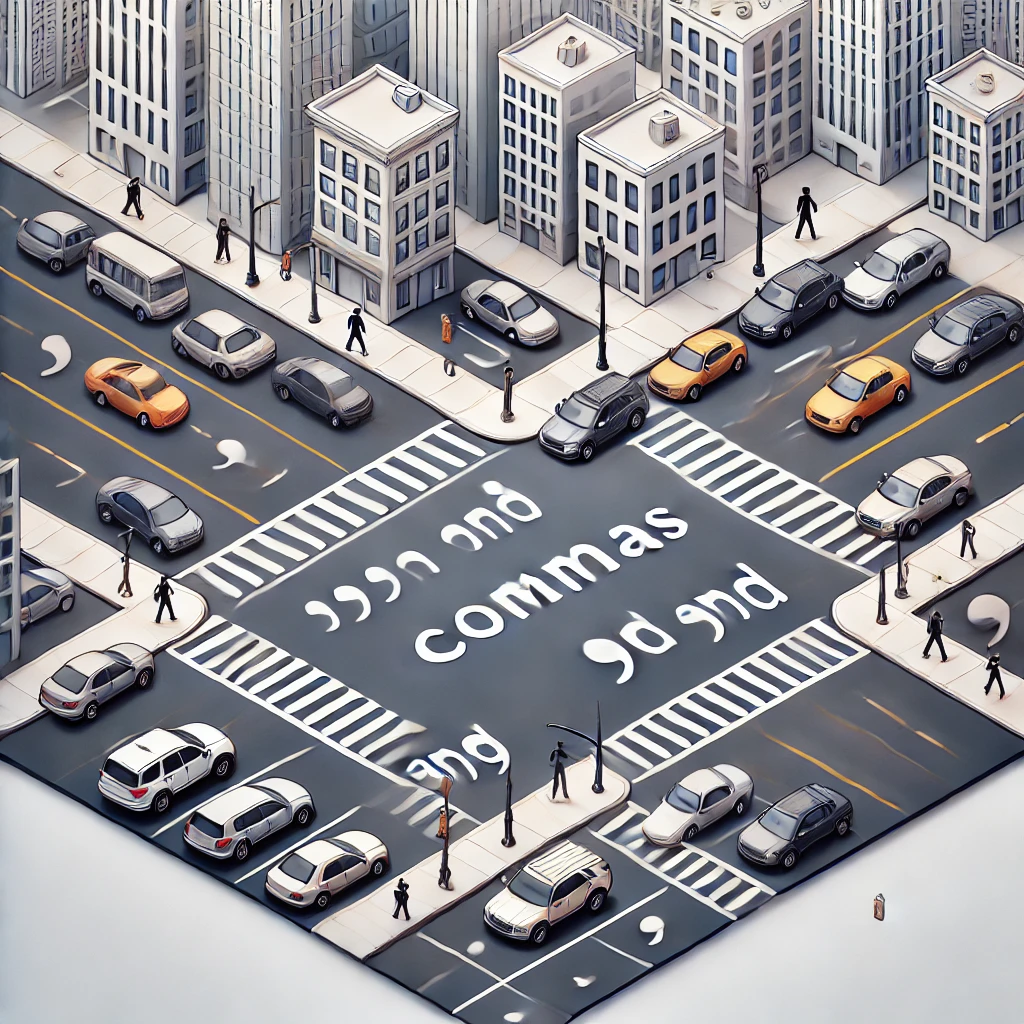Mastering grammar on the SAT is key to boosting your score and achieving your college goals. At Inlighten Tutoring, we specialize in helping students unlock their potential, whether they’re tackling tough grammar rules or improving their overall test-taking strategies. In this guide, we’ll break down the most frequently tested grammar rules on the SAT, providing examples and tips to help you avoid common mistakes. These rules may seem tricky at first, but once you understand them, they’ll become second nature, leading to a significant score improvement.
One of the most commonly tested grammar concepts on the SAT is subject-verb agreement. The subject and verb must agree in number (singular or plural), and interruptions in the sentence often trick students.
Common Mistake: The subject is separated from the verb by a phrase that makes the agreement unclear.
Example:
Tip: Identify the true subject and ignore any extra phrases in between. This will make it easier to match the verb correctly.


Pronouns must agree in number and gender with the nouns they replace, and they must refer clearly to one specific noun.
Common Mistake: Using a plural pronoun for a singular noun or creating ambiguity about what the pronoun refers to.
Example:
Tip: Always check the noun the pronoun is replacing. Make sure the pronoun matches in number and gender, and that there is no confusion about what the pronoun refers to.
A sentence fragment is an incomplete sentence that lacks either a subject or a verb. A run-on sentence occurs when two or more complete sentences are improperly joined together.
Common Mistake: Students often confuse long sentences as complete when they are missing key elements, or they combine two sentences without proper punctuation.
Example:
Tip: Make sure every sentence has a subject and a verb, and use appropriate punctuation (like periods or conjunctions) to separate independent clauses.
Commas are tested frequently on the SAT, especially for separating items in lists, connecting independent clauses, and setting off non-essential information.
Common Mistake: Misplacing commas in compound sentences or failing to use them to set off non-essential clauses.
Key Uses of Commas:
Tip: A good rule of thumb is to remove the phrase between commas. If the sentence still makes sense, then the commas are likely used correctly.


Apostrophes are used to indicate possession or in contractions, but they are often confused, especially when dealing with pronouns.
Common Mistake: Confusing possessive pronouns with contractions.
Example:
Tip: Replace “it’s” with “it is” to check if the sentence makes sense. If not, you’re dealing with the possessive form, “its.”
Parallel structure means that similar elements in a sentence (such as lists or comparisons) must follow the same grammatical form.
Common Mistake: Mixing verb tenses or sentence structures when listing multiple actions or items.
Example:
Tip: When you see a list or comparison in a sentence, check that all elements are in the same grammatical form (verb, noun, adjective, etc.).
Modifiers (adjectives, adverbs, or phrases) must be placed directly next to the word or phrase they modify to avoid confusion or unintended meanings.
Common Mistake: Misplacing a modifier in a way that makes the sentence unclear or illogical.
Example:
Tip: Make sure the modifier is placed next to the word it is describing, especially when dealing with participial phrases.


Verb tenses must remain consistent throughout a sentence or passage unless there’s a clear shift in time.
Common Mistake: Mixing past, present, and future tenses in a single sentence or paragraph.
Example:
Tip: Stick with the main tense in the sentence and only change it when there’s a clear reason to indicate a different time.
The SAT often tests words that are easily confused because they sound alike but have different meanings.
Examples:
Tip: Learn the difference between these commonly confused words and practice using them in context. The more you practice, the easier it will be to spot the correct usage.
Mastering SAT grammar may seem daunting at first, but with practice, you can easily spot the most common errors and avoid them. At Inlighten Tutoring, we’ve helped many students sharpen their grammar skills, leading to significant score improvements. As one parent, Chris Okoji, shared, “My son started working with Demetrie over the summer in preparation for the SAT… My experience is that Demetrie is very invested in the success of each student.”
Our approach goes beyond drilling grammar rules—we teach students how to understand and apply these concepts in ways that stick, ultimately improving both their SAT scores and their overall writing skills. As one Google review from Jennifer Clements put it, “Demetrie’s holistic approach to tutoring flies in the face of drill and kill and produces life-changing results.”
By mastering the most frequently tested grammar rules—like subject-verb agreement, pronoun clarity, and proper comma usage—you’ll not only boost your SAT Writing and Language score, but also develop skills that will serve you throughout your academic and professional career. So, let’s get started and turn these grammar challenges into your strengths!